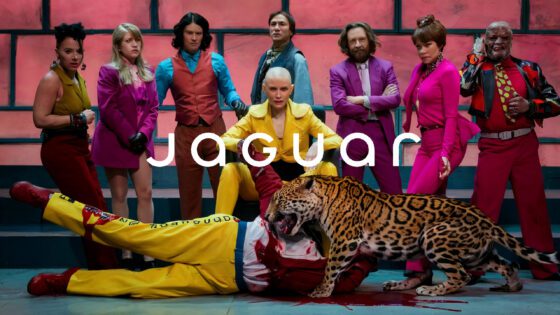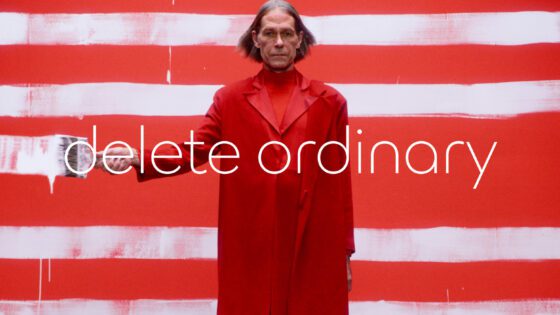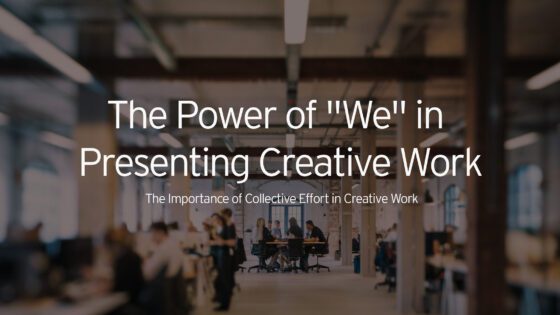I’ve always been intrigued by AI, especially the growing capabilities of language models like ChatGPT. They’ve been fun to play around with, helpful at times, but more often a source of curiosity than anything world-changing. But recently, I encountered something that took me from being entertained to being downright stunned—the new ChatGPT voice model.
This isn’t just another step in AI development. It’s a full-on “HER” moment—the kind of experience that takes a leap beyond the screen and gets you thinking deeply about the future. Over the last hour, I found myself having what felt like a real conversation with AI, one that didn’t just mimic human interaction but captured the flow and nuance of writing in a way I hadn’t seen before.
And that, right there, is the big shift.
A New Type of Writing Partner
Let’s be clear: this isn’t about ChatGPT suddenly taking over all of my writing. It’s not about handing over the reins and saying, “Okay, AI, you do all the work.” What’s truly exciting—and a little terrifying—is that this tool has now become the ultimate research partner, a co-writer that can assist at lightning speed, with access to the vast expanse of human knowledge.
Imagine having a conversation with someone who knows everything ever written but still leaves the final decisions to you. It speeds up the process of thinking, structuring, and writing in ways I never thought possible. And while the software is still a little glitchy here and there (it’s not perfect, and that’s okay), what we’re witnessing is an evolutionary leap—both in the technology itself and in how we, as humans, will engage with information, creativity, and productivity.
More Than a Gimmick
In previous iterations, AI was often seen as a cool gimmick—a flashy tool that could help you generate ideas but wasn’t a replacement for the real deal. That view is quickly becoming outdated. This is no longer a novelty, not just a toy for experimenting with quirky conversations. It’s becoming an integral part of how we write, how we think, and how we’ll solve problems going forward.
And that’s where things get exciting—and a little scary. There’s something almost unnerving about the way these models have evolved. It’s not just about convenience; it’s about altering the way we engage with our work. When you start having conversations with an AI that feel less like commands and more like collaboration, you begin to realize just how much the game has changed.
The Responsibility of Using AI
But as with any powerful tool, there’s a responsibility to think about how we’re going to use this. AI isn’t a magic wand that will take over the hard stuff for us. At the end of the day, it’s still math—a series of algorithms designed to mimic writing and conversation. It doesn’t know what it’s saying. It doesn’t understand meaning the way we do. And that means we’re still in control.
This technology can help eliminate those frustrating gaps in research, streamline the writing process, and give us back precious time to focus on the creative and strategic parts of our work. But as we move forward, we have to remember that the final decisions still rest with us. We are the ones guiding the conversation, shaping the ideas, and ensuring the integrity of what’s being created.
Think of it like this: we are the ultimate player controllers, guiding the AI through a game of knowledge and creativity. It can go far, it can speed up the journey, but it’s still the human element that makes the final call.
The Future of Creativity with AI
So, where does that leave us? In a place of both great excitement and a touch of fear. Yes, this new voice model will fundamentally change how we approach writing, research, and collaboration. It will give us more time to think, create, and execute ideas that we might not have had the bandwidth for before. But it also forces us to confront the ethical and creative challenges that come with wielding this kind of tool.
As we stand on the edge of this new frontier, we need to think about how we’ll use AI responsibly. How we’ll harness its potential without letting it take over. How we’ll ensure that, even in the midst of this technological revolution, we keep human intelligence and creativity at the center of the process.
I don’t have all the answers, but I do know one thing: This is a turning point. And while it’s tempting to be either overly excited or completely terrified, I think the best way forward is to embrace the possibilities while keeping our hands firmly on the controls. After all, this is only the beginning. What comes next is up to us.





